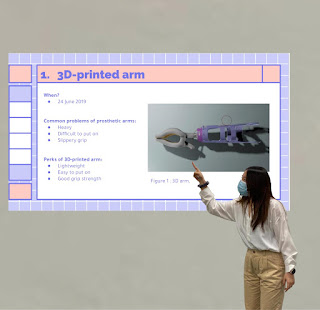PRAC 4

HELLO👋WELCOME BACK TO OUR BLOG😆 for this week's practical we needed to us our knowledge that we had from practical 3. We needed to create a small game using cardboard. Hence we needed out knowledge on or cardboard joints. At first we all had different ideas on what game we could make. But we made a conclusion on one game which issssssss🥁🥁🥁 2-player PINBALL !!!!! We used the joineries of slots, gusset, tabs and flanges in order to make our game. we also brought some things from our own houses such as some loom bands, chopsticks, rubberbands, some pins 📌 to make our mechanisms for our shooters🚀 as well as our obstacles which will make the game more competitive between both players✌. In order for the marble to move to the other side, we use our shooters made by pilling up several cardboard pieces 📦 in the same shape. We used the chopsticks, so that our shooters can move. We also added another chopstick piece at a certain distance away from the shooter💫 . Th...


